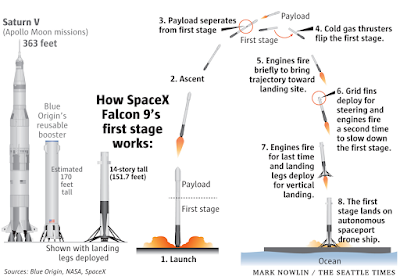1. Phubbing
Ever heard of phubbing? Probably not, but I can bet you've phubbed someone or have been a victim. Believe it or not, phubbing is n the dictionary, and defined as the practice of ignoring one's companion or companions in order to pay attention to one's phone or other mobile device. It's become so big that there is actually a social media campaign called Stop Phubbing. The website is actually quite interesting and contains facts and statistics on phubbing, merchandise like posters and decals, and even a letter of intervention to that one friend who you just can't seem to get through too about their phone misuse. There are even wedding place cards that read "You belong here, your phone doesn't". Even a study at Baylor University's Hankamer school of business found that cellphones have a significant impact on romantic relationship leading to depression. The title of the study done by the marketing department was cleverly titled "My life has become a major distraction from my cell phone: partner phubbing and relationship satisfaction among romantic partners".The first survey of 308 adults helped Roberts and David develop a "Partner Phubbing Scale," a nine-item scale of common smartphone behaviors that respondents identified as snubbing behaviors.
The resulting scale includes statements such as:
- My partner places his or her cellphone where they can see it when we are together.
- My partner keeps his or her cellphone in their hand when he or she is with me.
- My partner glances at his/her cellphone when talking to me.
- If there is a lull in our conversation, my partner will check his or her cellphone.
- 46.3 percent of the respondents reported being phubbed by their partner
- 22.6 percent said this phubbing caused conflict in their relationships
- 36.6 percent reported feeling depressed at least some of the time
The study revealed some fascinating discoveries to the researchers on cell phones effect not just on romantic relationships but also on personal well-being. More specifically "momentary distractions by one's cellphone during time spent with a significant other likely lowers the significant other's satisfaction with their relationship, and could lead to enhanced feelings of depression and lower well-being of that individual" (Baylor Study).
2. Effect on Kids
The millennials in our class will tend to argue that they didn't grow up with as much technological as the grades below us, or probably anyone born past year 2001. Am I wrong? We may not have seen the first computers or first television sets but we lived through the birth, and transformation, of the smartphone, one of the most commonly used technologies today. How often have you seen the examples below in your daily life?Another major discovery relating to our images above is that passive parenting, or parental neglect. The more time adults spend on technology the less affection is felt by the children, leading them to a similar digital addiction behavior. By the time a kid turns seven, they'll have watched the equivalent of one year's worth watching some sort of screen. This addiction behavior is discussed by Dr Sigman, a biologist and associate fellow of the British Psychological Society, where he says "that on-screen novelty and stimulation caused the release of dopamine, a chemical which plays an important role in the brain’s “reward” system and may be linked to the formation of addictions" (Bingham 2012). At age 10, kids have access to more than 5 screens in one household, and often are found looking at more than one at a time.
To conclude, technology can be a wonderful tool but if it's being misused and cause health problems in our small children then we need to reevaluate. The main thing technology takes away is the ability to communicate and read people's emotions which reduces their ability to be empathetic. Sue Palmer, author of the book Toxic Childhood, talks about a midwife who says it's becoming more common for mother's to text or post updates on their delivery, "They are not even really present at their children’s
births any more".
Sources:
Bingham, John. May 22, 2012. Mobile Addict Parents guilty of child 'neglect', warns psychologist. The Telegraph. Retrieved from http://www.telegraph.co.uk/women/mother-tongue/9280194/Mobile-addict-parents-guilty-of-child-neglect-warns-psychologist.html
Lappe, Sara. June 12, 2015. How Electronic's Could Be Affecting Your Child's Health. US News. Retrieved from http://health.usnews.com/health-news/patient-advice/articles/2015/06/12/how-electronics-could-be-affecting-your-childs-health
Public Release. September 29 2015. Baylor Study: Cellphones Can Damage Romantic Relationships, lead to depression. EurekAlert! Retrieved from https://www.eurekalert.org/pub_releases/2015-09/bu-bsc092915.php







